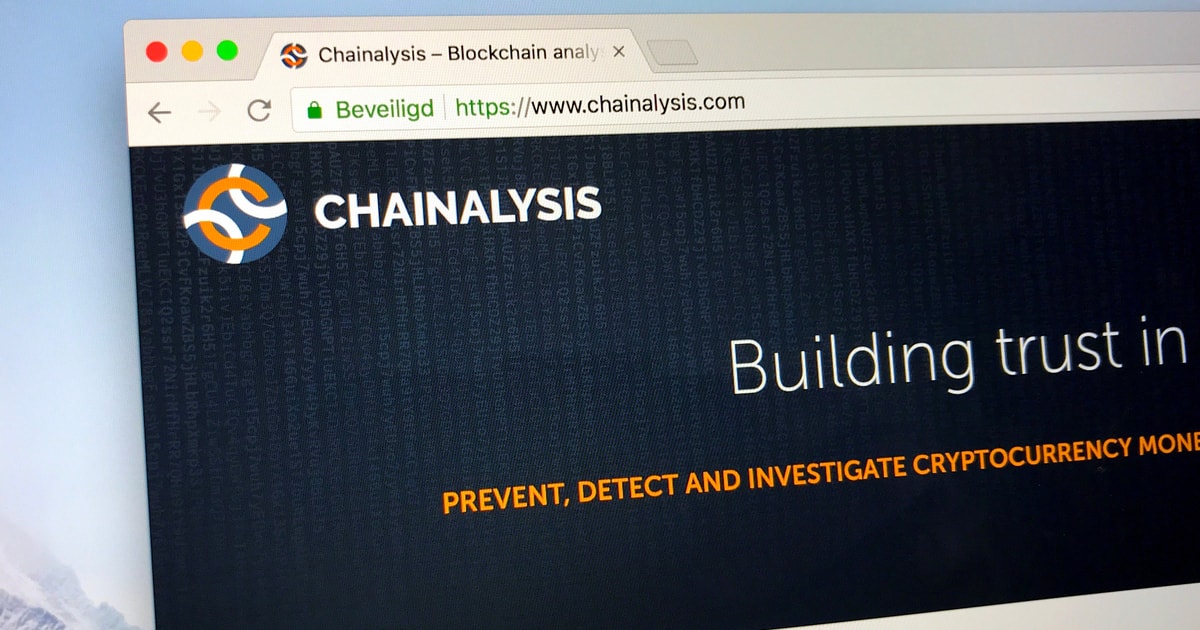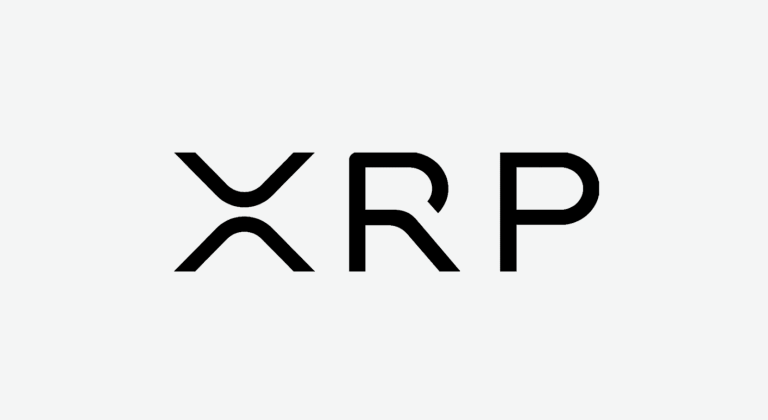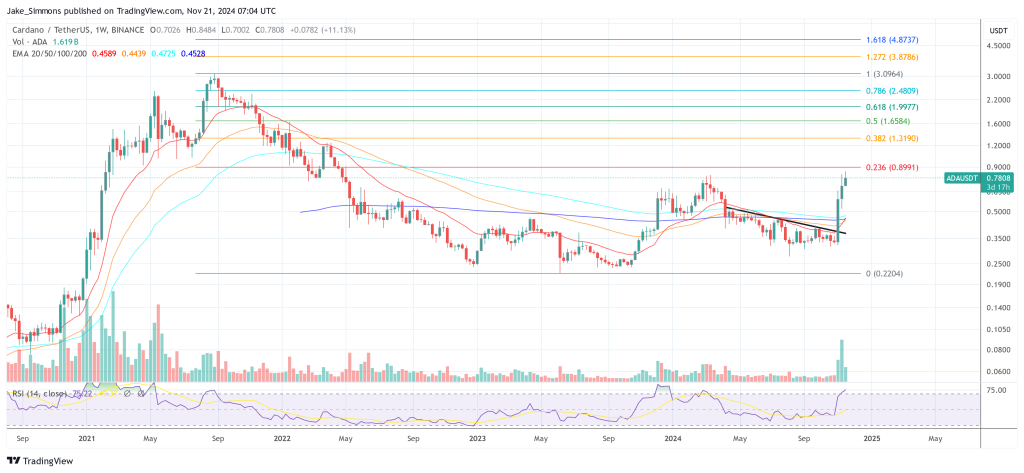 | NOTE: Not a financial advice, just analyzing data. All of the data I have collected was from IntoTheBlock. As of today, ETH has a $ $201,335,145,350 market cap which puts it on #2 spot on CoinMarketCap. All time low is at $0.4209 while all time high is at $4,891.70 which makes a 395885.7%% gain. There are in total 101.7 million addresses that hold ETH (we can't count all the cold wallet addresses, so the number is higher). But for the addresses that we can count here is the data: 57.56m Addresses which is 56.59% are in PROFITS. 37.17m Addresses which is 36.55% are in a LOSS. 6.97m Addresses which is 6.86% are at BREAK EVEN. Pie chart of addresses in profits, loss and break even. On the bottom graph, you can see the percentage of accounts in profit and in loss over time in correlation with the price. At the start, we see a few spikes up and down, and then a big orange gap during the last bear market. But the most fascinating thing is that right now, in the bear market, not that many are at a loss if we compare it to the last bear market. It seems people are DCAing down on Ethereum. Number of addresses in profits and loss through the years. Here is just a simple graph showing circulating supply and price. The circulating supply is becoming steady. Here are two graphs: the first one shows the total amount paid in fees to use the blockchain on a given day, and the second one shows the daily mean transaction cost. We all know that ETH has a lot of problems with high fees, as seen in the bottom graph. Vitalik has said that they want to bring the fees down to as low as $0.05, but we will see how they manage that. Total amount paid in fees to use the blockchain on a given day. The daily mean transaction cost. The bottom graph shows the total amount of Ether deposited into the staking contract on the Ethereum mainnet. We can see the numbers are going up while we are in a bear market, which is a good sign. It would be worrying if it were the other way around. Cumulative amount sent to staking. The Daily Active Addresses graph tracks the number of new addresses, total active addresses and zero balance addresses. These are defined the following way: New Addresses Newly created addresses that receive their first deposit in this particular crypto-asset. Active Addresses Addresses that made one or more on-chain transaction(s) on a given day. Zero Balance Addresses Addresses that transferred out (potentially sold) all of their holdings for this particular crypto-asset. We can see a high number of active addresses throughout the entire graph. Of course, the line moved higher during and after the bull run. The Daily Active Addresses graph. The Total Addresses graph monitors three key metrics: Total Addresses: All addresses ever created one point have held a particular crypto-asset, including those that still do. Total with Balance (Holders): All addresses that currently hold this particular crypto-asset. Total Zero Balance: All the addresses that used to hold a crypto-asset but no longer do. We can see that the addresses with ETH are rising. The bottom graph displays the number of transactions for a particular crypto-asset on a given day. This data is based on what is shown in the blockchain, therefore transactions taken within exchanges are not recorded unless they occur on-chain. It is interesting that the number of transactions hasn't gone down too much during the bear market, which shows that people are using the blockchain and that the demand for ETH has risen. The average time that a token stays in an address before being transferred is a bit lower than I expected. Bitcoin has an average time of 4 years, so I would expect at least 3 years for ETH. But I am sure that the average time will rise in the upcoming years, at least among BTC and ETH. The Concentration pie chart shows the distribution of a crypto-asset’s circulating supply. Assets with high supply concentration will have whales and/or investors controlling most of the volume, while assets with low supply concentration have most of the circulating supply held by retail users. ETH has a pretty high whale concentration which is not desirable. But retail still holds 55%. The number of Hodlers is rising, which is always a good sign when you are looking at a coin because it means that people are betting on it when the bull run comes. The Cruisers are a bit indecisive; their line is a bit flat. Number of Hodlers, Cruisers and Traders through the years. Holdings Distribution Matrix: The End. [link] [comments] |

You can get bonuses upto $100 FREE BONUS when you:
💰 Install these recommended apps:
💲 SocialGood - 100% Crypto Back on Everyday Shopping
💲 xPortal - The DeFi For The Next Billion
💲 CryptoTab Browser - Lightweight, fast, and ready to mine!
💰 Register on these recommended exchanges:
🟡 Binance🟡 Bitfinex🟡 Bitmart🟡 Bittrex🟡 Bitget
🟡 CoinEx🟡 Crypto.com🟡 Gate.io🟡 Huobi🟡 Kucoin.

















Comments